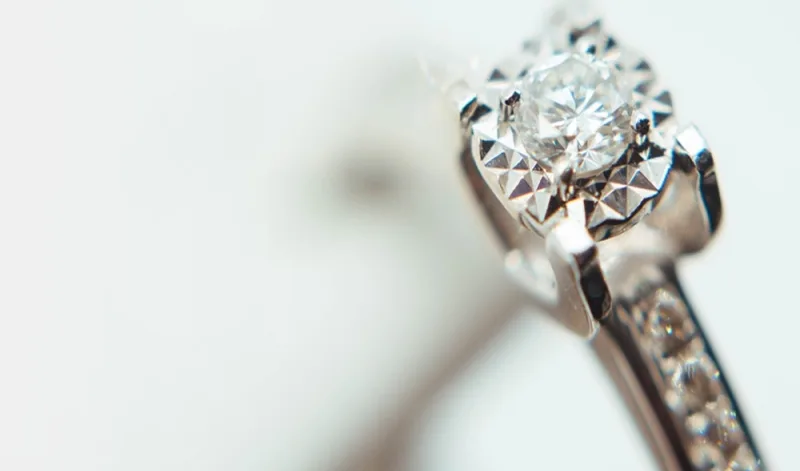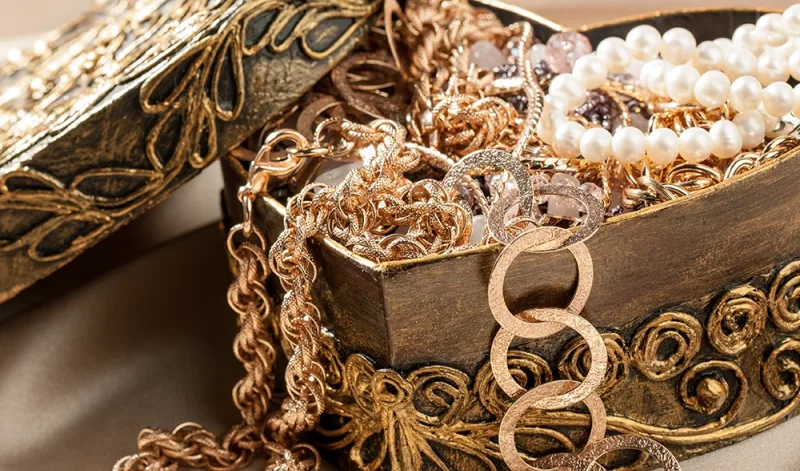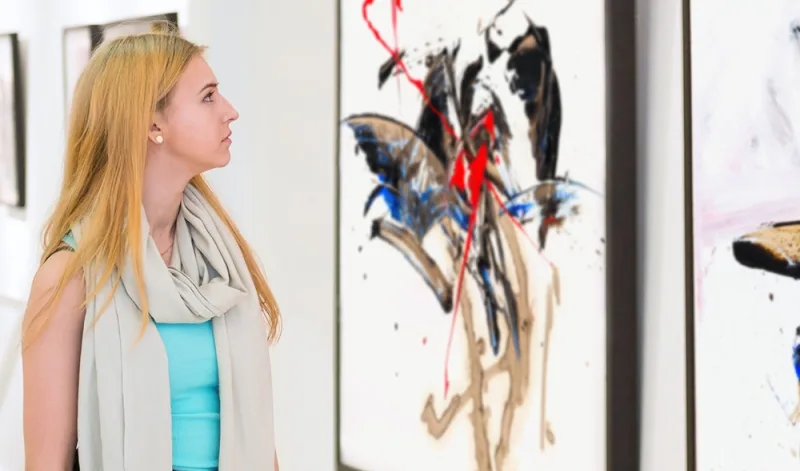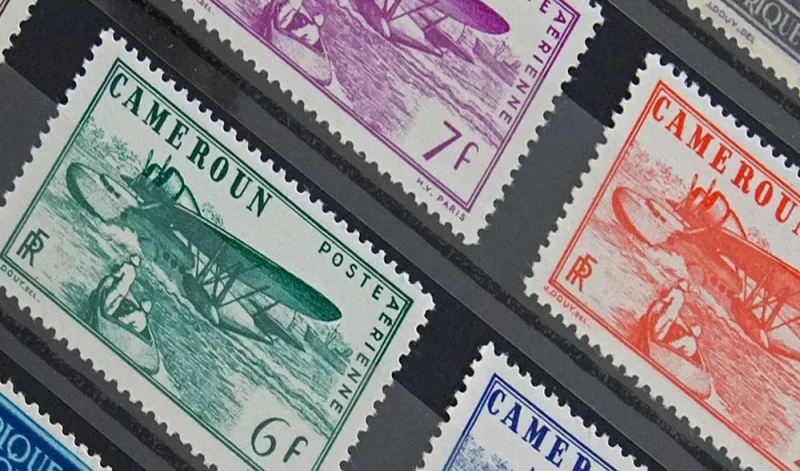The next diamond in our series has a particularly rich and colourful history. The Koh-i-Noor, also known as the “Mountain of Light”, currently resides in the collection of the British Royal family, like the Star of Africa that was discussed previously in the series. However, its story extends far beyond that and even today, the story of the Koh-i-Noor continues to surprise and fascinate.
The curse of the Koh-i-Noor
It is believed that the Koh-i-Noor diamond was mined at the Kollur Mine in India around the 13th century, and weighed 793 carats at the time of its discovery. Perhaps most interesting, however, is that the gem was believed by many to hold a curse. The curse has its origins in an old Hindu text;
“He who owns this diamond will own the world, but will also know all of its misfortunes. Only God, or a woman, can wear it with impunity.”
Coincidentally – or not? – the diamond’s history has lived up to the curse, with all previous male owners facing great defeats in life and battle or, in some cases, a dire end.
Dynasties by the dozen
The Koh-i-Noor was known to be in the ownership of the Indian Kakatiya dynasty during the 13th century, and in this time it was installed in a statue in the temple of a Hindu goddess as her eye. After looters raided the temple, the stone was passed through numerous Indian dynasties as a spoil of war, following bloody battles between countries, dynasties and families. In 1739, however, the Koh-i-Noor’s path changed when it came into the hands of the Persian conqueror, Nadir Shah, and earned the name it has now come to be known by.
Nadir Shah claimed the stone from the emperor of the Moghul Empire, who is rumoured to have tried to hide the diamond in his turban when Shah attacked. The emperor’s plan was foiled when information was anonymously passed over to his attacker, and Nadir Shah decided to play him at his own game. Shah invited the emperor to a celebration, a trading of turbans, which is a traditional gesture of friendship. Of course when the turbans were exchanged, the diamond fell out. When the stone tumbled to the floor, it is believed that Nadir Shah exclaimed “koh-i-noor!” meaning “mountain of light”, which gave the diamond the name we recognise it by today.
In British hands
Nadir Shah was later assassinated in 1747 – further holding up the alleged curse of the diamond – and the Koh-i-Noor found its way to Afghanistan. It was later returned to India, but was subsequently claimed by Britain as part of the Treaty of Lahore, marking the end of the First Anglo-Sikh War.
Many thought that a cursed diamond should not be given to a royal, however the Koh-i-Noor was presented to Queen Victoria in 1850 by the Maharaja. Despite initially weighing almost 800 carats, by the time the Koh-i-Noor reached England it had been cut down to less than three quarters of its original size, weighing in at 186 carats. However Albert, husband of Queen Victoria, was dissatisfied with the appearance of the diamond following a botched cleaving attempt during its time with the Moghul Empire, and ordered it to be cut down further to improve its appearance and brilliance.
A royal journey through time
The Koh-i-Noor was subsequently cut down to 105.6 carats, and despite their efforts the result was still disappointing to the Prince. The gem was mounted in a brooch for Queen Victoria and, from that point on, was passed down to several other members of the Royal family. After Victoria’s death the Koh-i-Noor passed to Queen Alexandra, Edward VII’s wife, and then to their daughter, Queen Mary, upon their deaths. It now resides in the crown of the Queen Mother, which is displayed in the Tower of London.
The curse continues?
Despite having been in the ownership of the British Royal family for nearly two centuries, many still dislike this fact. Tensions rose high in 2013 when the British Prime Minister, David Cameron, visited India and refused repeated requests for the diamond to be returned to India.
The beady-eyed may have also picked up that, since its arrival in England, the Koh-i-Noor has only been possessed by females, none of whom have faced a grisly demise during their reign. A coincidence, or the curse of the Koh-i-Noor holding true? Either way, some suspect that this diamond’s future may yet prove to be as turbulent and restless as its past.
Look after your treasures
While most diamonds do not usually carry curses, we know that sometimes things can go wrong. That’s why with Assetsure’s specialist Diamond Ring Insurance you can have peace of mind knowing that, even if your diamond should be lost or stolen, its financial worth will be covered.
























